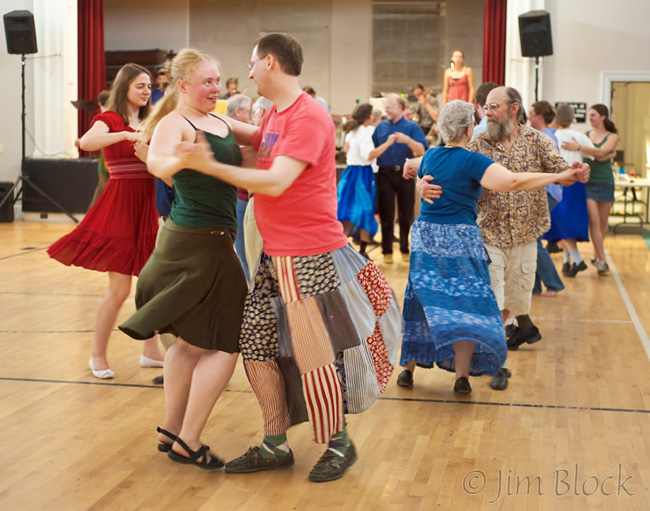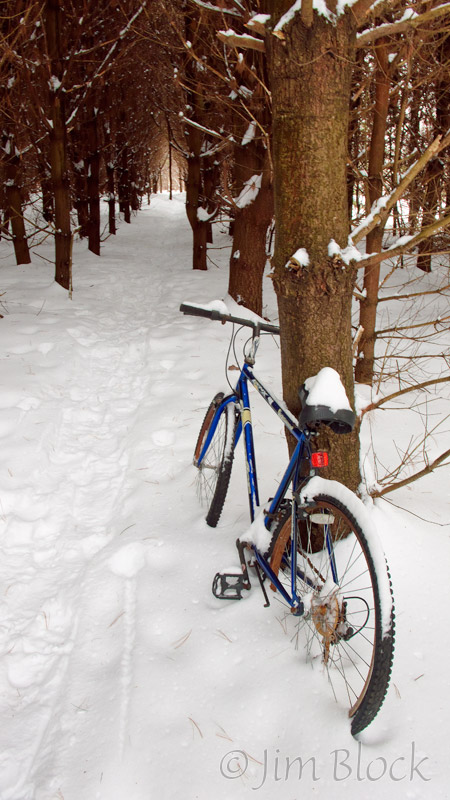The digital camera revolution continues. DSLRs have reached unthinkably high ISO levels with amazing quality, EVIL cameras are becoming serious tools for those who like to travel light, and megapixel madness continues with many P&S cameras. Choosing and using the “right” camera is more complex every day. Here are some facts and opinions as of mid-2010.
I roughly lump digital cameras into three types: digital single-lens reflex (DSLR) cameras, mirrorless interchangable lens cameras, and point-and-shoot (P&S) cameras.
Digital single-lens reflexes represent the current “high end”, serious photographer camera. They are the largest and heaviest of the three types and are capable of producing amazing images under conditions unthinkable 10 years ago. They have large image sensors which translates to low noise at elevated sensitivity (ISO). Most brands have a very extensive choice of high quality lenses. When asked which camera to buy I recommend folks first look at and feel the offerings from Nikon or Canon. Feel? Yes, it is not unreasonable to choose a camera based on usability–how it feels in your hands, how easy it is to work the controls, and whether the things you want to change often are on dials or hidden in menus. I use Nikon DSLRs (I have purchased 5 and currently own 3), but I do not recommend Nikon over Canon—both have strengths and weaknesses.
As an example of what a DSLR can do under trying conditions, here is a photo I took recently during a magazine assignment of a contra dance in a dark gym. I shot this at ISO 3200, 1/80 sec. f/2.5, handheld. Yet the noise level is very low. You can’t get this with a point-and-shoot.

The newest kids on the block are EVIL cameras, one of the many acronyms being proposed for small mirrorless SLR-like interchangable lens cameras that have been introduced by several manufacturers. These cameras replace the bulky mirror and “reflex” assemblies of a SLR with an electronic viewfinder, hence the acronym for Electronic Viewfinder Interchangable Lens camera. These cameras have large sensors comparable with DSLRs, although in many cases a bit smaller than those in most DSLRs. This translates to much less noice at elevated ISO than P&S cameras. Yet they are small and light, or they can be—some of the early ones are not all that small. Currently the choice of lenses is very limited—probably my major reason for not buying one of these cameras at this time—but more lenses are being introduced for these cameras frequently. They use contrast detection focusing, hence auto focus is slow compared with a DSLR—another reason to wait. And they are not inexpensive. Yet if you want DSLR quality, need to travel light, and can live with a limited choice of lenses, these cameras are worth considering. Many are also excellent for making HD videos. For now my all purpose trekking system is a DSLR—Nikon D300s with 18-200 VR lens (also HD video-capable).
The third and largest category I simply refer to as point-and-shoot even though some of the cameras in this group are much more capable than the term point-and-shoot might imply. These cameras have small sensors, hence considerable noise if you boost the ISO (or choose auto-ISO). And the marketing departments of many camera manufacturers feel more is better so they keep pushing the pixel count higher and higher exasperating the noise problem. Meanwhile the clever engineers have built into the cameras an automatic way to minimize noise—they blur the image. In a P&S, a camera with fewer “megapixels” will often produce a better quality image than you might get from a camera with more. If you want to make 20×30 prints, 14+ MP might be nice, but most who use a P&S never print this large.
Because P&S cameras have small sensors, they can be made very small and light, and small high quality lenses can be manufactured quite inexpensively. However, their small size limits the aperture range available in these cameras (for technical/physical reasons), hence control of depth of field is difficult even if you get a camera that allows you to choose the aperture. Manual focus is also difficult with P&S cameras and using a polarizer is challenging to say the least. Still, I feel “everyone” should have a P&S, in addition to a larger camera, if only to guarantee one camera is always with you.
The choices among P&S cameras are many. I tend to favor one manufacturer, Panasonic. I have purchased two Panasonic P&S cameras for myself (and plan to soon get a third) and have purchased others for my wife and grandson. The variety of choices even within this one line is huge ranging from simple auto-everything, to large zoom range compacts, to sophisticated models geared to those who use a DSLR as their main camera. My personal choices—the Panasonic LX2, LX3, and LX5—are not for everyone, but they have the features that appeal to me: modest pixel count (around 10 MP), great image quality, relatively low noise, ability to shoot RAW (a must for me), a very fast lens (f/2), wide angle (but limited telephoto), great macro focusing, movable focus spots, aspect ratio choices without cropping, and all the settings I make normally easily accessed by knobs and buttons rather than menus. I used the LX2 for several years before I sold it to get an LX3. I expect I will sell my LX3 and buy an LX5 within the next month. Yet, all three of these models are superb cameras—I’d be happy to travel with any of them in my pocket.

I’ve had images taken with the LX2 published. Here is one example which filled most of a magazine page—a photo of a conveyance that should not be used on the Appalachian Trail, even in summer. I got this photo because my LX2 was in my pocket when I went xc-skiing on the AT, and the 16:9 aspect ratio that the camera captured worked very well for this image.
The LX3 specs in some ways seemed to be a step down from the LX2, in particular a smaller zoom ratio. But the camera is definitely a step up. I got it partly because of its fast lens (the fastest of any P&S and faster than all but one of my current DSLR lenses). I love it for its ability to make wide angle macro images with a small depth of field, a challenging and fun combination. And of course I carry it “everywhere”. Here is an example. 
So, what camera is right for you? If you are serious about photography consider a DSLR system from Nikon or Canon and a P&S and/or a mirrorless interchangable lens camera. If you want high quality and low weight and don’t need fancy optics or fast focusing, consider a mirrorless interchangable lens camera. If you just want to take photos and just want to point-and-shoot, almost any P&S should serve you well, but I would suggest you trade off zoom range, size, and price and favor fewer MP rather than more.
Many more photos taken with the Panasonic LX3 camera can be seen by clicking on each of these links in turn: photos I took during the first 15 days I owned the LX3, photos taken while mountain biking this spring, photos taken during a Century bike ride at the end of July, and photos taken during a second century ride late in August.
